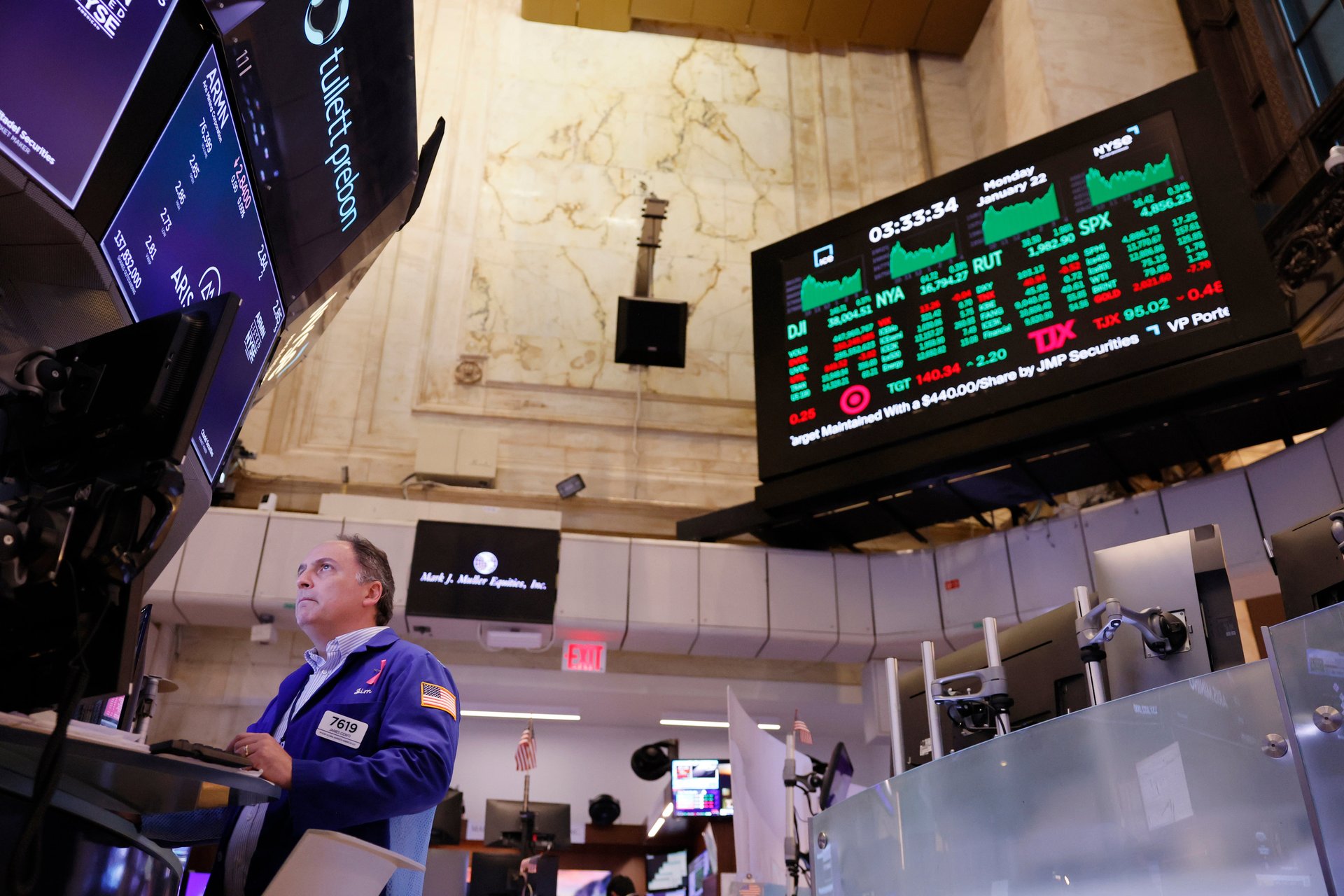The Dow slips as oil prices rise and Tesla gets a win
Private employers added 143,000 jobs in September, according to ADP, exceeding expectations

The Dow Jones Industrial Average and the S&P 500 edged lower Wednesday morning, as escalating tensions between Israel and Iran pushed crude oil prices higher. West Texas Intermediate and Brent surged nearly 3% in the morning trading.
Suggested Reading
The continued rise in oil prices raises concerns about potential inflationary pressures in the U.S., which could undermine the Federal Reserve’s efforts to lower interest rates. The situation could be further complicated by the U.S. port strike, which is heightening supply chain concerns.
Related Content
Shortly after the opening bell, the Dow dipped 0.01%, and the S&P 500 slipped 0.2%. Tech-heavy Nasdaq dropped 0.5%, while the 10-year Treasury yield rose slightly to 3.8%.
Tesla sales beat expectation
Tesla (TSLA) stock dropped 5% in the morning trading as it delivered slightly more electric vehicles between June and September than Wall Street analysts had expected, partially due to the increased popularity of the Tesla Cybertruck. The Austin, Texas-based automaker said it sold 439,975 Model 3 compact cars and Model Y SUVs between April and June, compared with the 436,000 expected by analysts, according to estimates compiled by FactSet (FDS). That’s also an improvement compared with a year earlier when Tesla delivered 435,059 cars.
Job growth exceeds September expectations
In a positive sign for the U.S. labor market, ADP’s private-sector employment report revealed 143,000 jobs were added in September, surpassing the forecast of 124,000.
This report will be followed Thursday by the weekly initial jobless claims, offering a glimpse into trends in layoffs. Finally, on Friday, the U.S. employment report will be released — it includes key metrics such as the unemployment rate and changes in hourly wages, which will help gauge the overall health of the labor market.
-William Gavin contributed to this article.